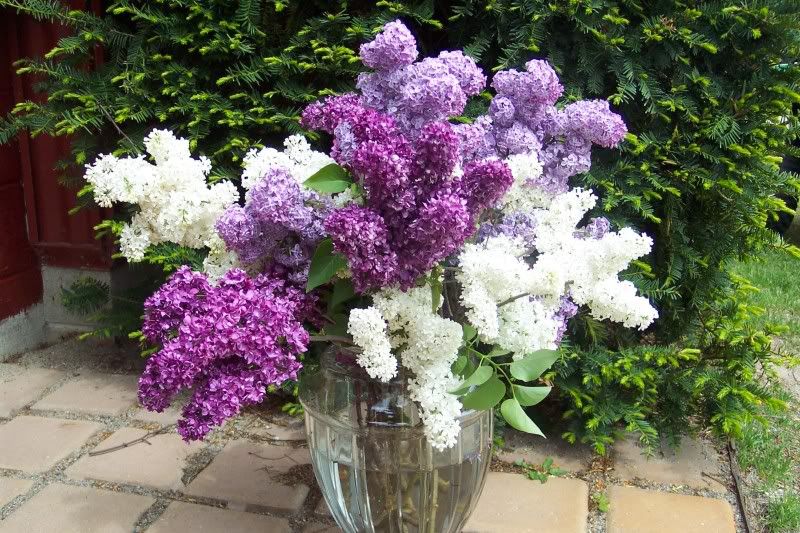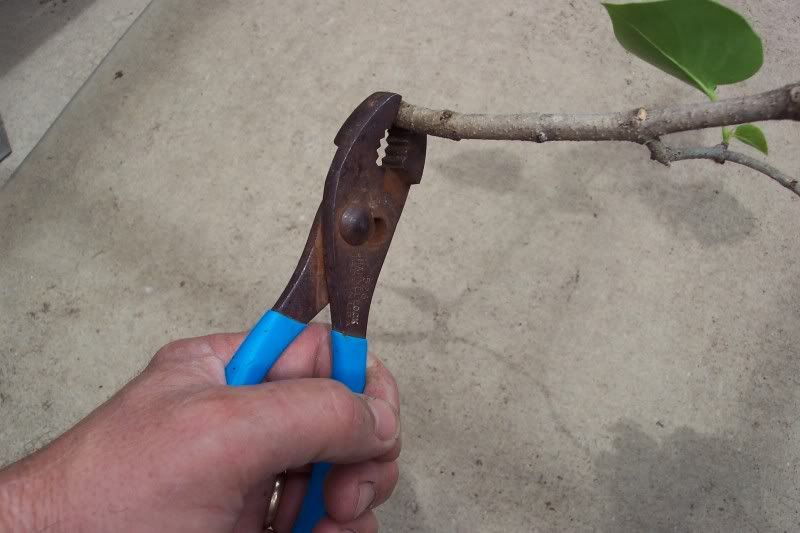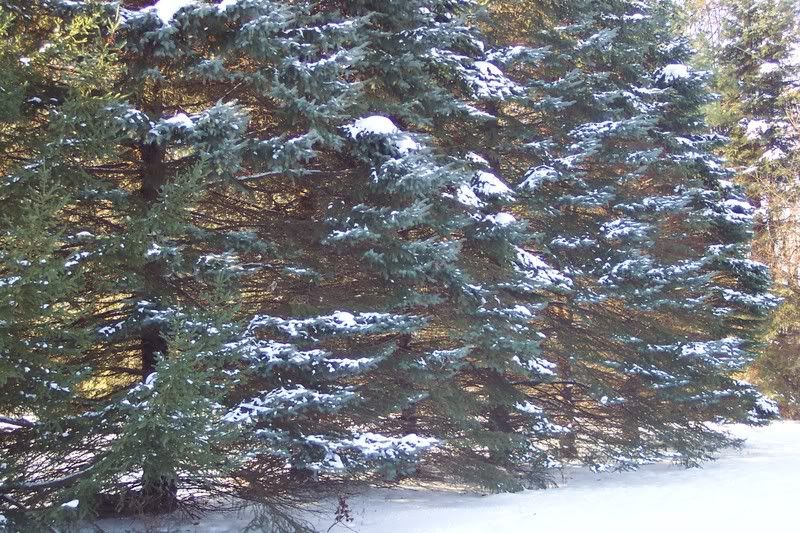For several years now, autumn olives have been growing in the wild area of our property. Part of that area I want to turn into an orchard so most of the autumn olives have to go.
These shrubs were introduced into Michigan a few decades ago to improve wildlife habitat. Since then, they have invaded thousands of acres in our state.
Autumn olives produce a huge crop of berries that many species of birds eat. Each berry contains a single seed. Once a bird eats a berry, the seed passes through the bird’s digestive system. It then gets deposited in the bird droppings — sometimes many miles away — starting a new stand of autumn olive. Much of the fruit on the shrubs has ripened; that means the birds are eating them already.
In the past, I’ve tried chopping the shrubs with an axe or spraying them with herbicide; they always seemed to come back.
This year I bought a circular brush cutting blade for my commercial-duty weed whacker. It has only six cutting teeth that look like the teeth on a chainsaw. The outer edge of that blade spins a lot faster than any saw chain moves so six teeth are all you really need to do some serious cutting. Plus, there is no kickback with this blade making it very safe to use.
Once the shrubs are cut down, I brush full strength glyphosate herbicide onto the fresh stumps. The remaining stump and roots quickly absorb the herbicide and die.
I found out the hard way that autumn olive plants have very sharp spines that can puncture normal leather gloves. The very tips of those spines often break off deep into the flesh of your hands and fingers causing irritation lasting several days.
I’ve spent about six hours cutting and dabbing herbicide and have made a small but noticeable dent in the population. Looks like I’ll need several more days to finish that orchard area.
Bob




